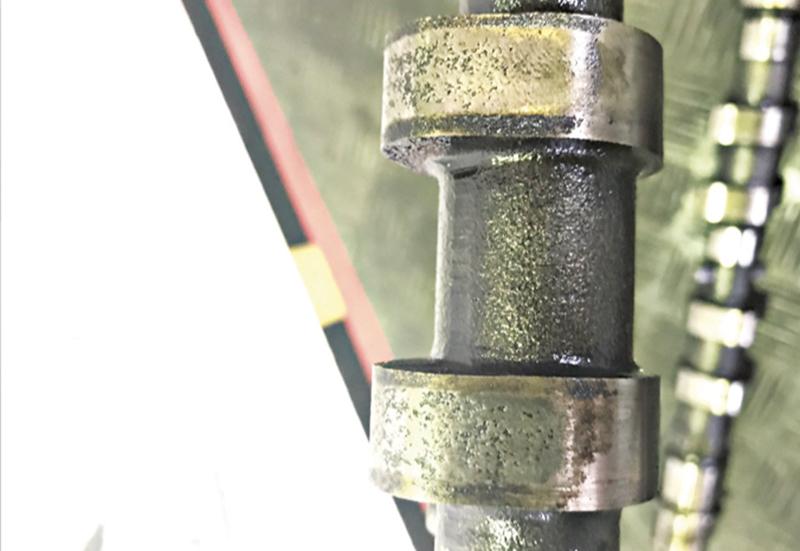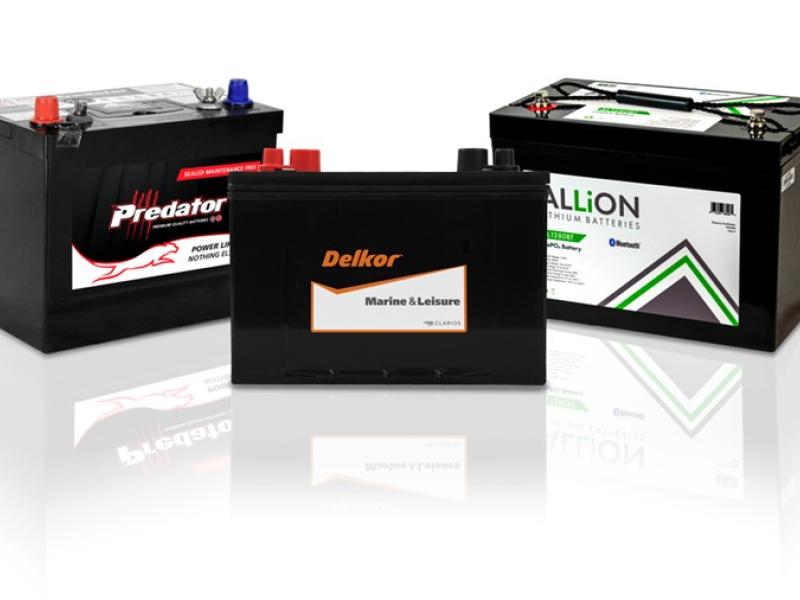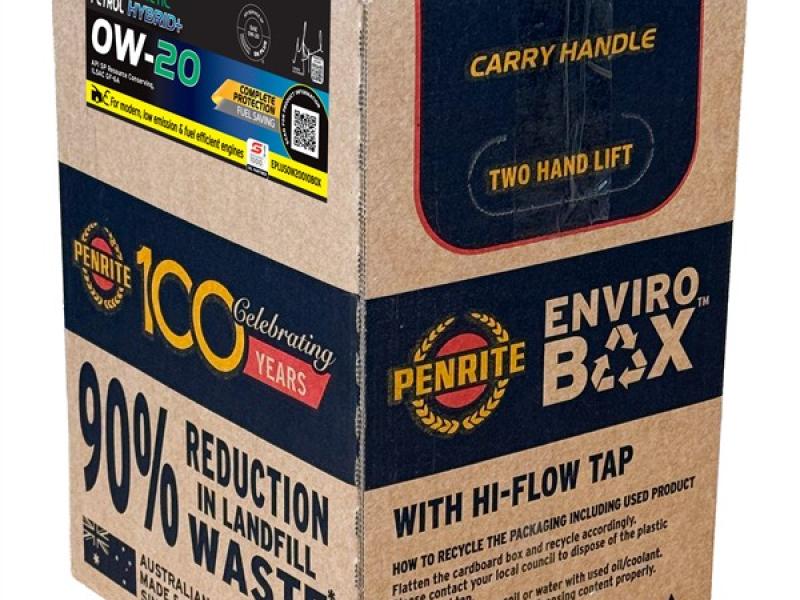As the lubrication market continues to evolve, and more and more engine- specific oils are required by the OEMs for servicing, a higher demand is placed on mechanics, resellers and owners to adhere to correct viscosities and specifications.
Don’t fall into the trap of thinking one or two engine oils will do all your car servicing requirements.
Selecting the right oil viscosity in modern automotive and commercial engines is the first part in making an informed and accurate decision on the lubricants required to protect an engine from premature wear and failure.
It’s important to remember that as tolerances within small capacity high output engines reduce, oils are required to be thinner at both start and running temperatures to compensate and allow for correct lubrication and oil flow to vital engine components.
Just as choosing the right viscosity, it is critical the right performance specification be chosen. Globally engine OEMs are trying to meet both international and domestic emission standards. The advent of Diesel Particulate Filters (DPF), AdBlu and Exhaust Gas Recirculation (EGR) are just a few ways OEM engine manufacturers are reducing overall emissions and achieving stringent emission targets. This in turn has placed a much larger emphasis on an oil’s role and performance within the engine.
The additives in oil are moving into new performance levels, and are helping to resolve some of the issues in today’s modern engines. For example Low Speed Pre-Ignition (LSPI) issues found in some high output modern engines has been resolved by a revision of Dexos TM 1 to a new Dexos TM 1 Generation 2 oil specification.
Low SAPS and Mid SAPS are also a minefield for the uninitiated. Mid and Low SAPS additives help reduce combustion by-product particles which are processed by various anti-pollution aftermarket fitments (DPF, TWC) or recirculation valves (EGR), which in turn have a direct correlation with meeting emissions standards. Remember, if it has a DPF or EGR fitted, it will inevitably need a Mid or Low SAPS oil, depending on the engine manufacturer’s performance specifications.
Getting it wrong.
Pictured is an example of incorrect lubrication, a Mazda BT-50, 3-litre turbo-diesel camshaft, where the wrong oil viscosity and performance level has been used in this engine for a prolonged period. The owner used 15W-40/CJ-4 mineral oil , whereas the correct oil and OEM recommendation is a 5W-30 mid SAPS full synthetic engine oil.
This amount of wear would not have been seen if the right oil was used in this application. The worn lobes were the ones furthest from the oil supply gallery lubricating the camshaft. It is easy to see the oil was not effectively lubricating the furthest end of the camshaft due to incorrect oil viscosity (thickness).
Right for racing
Royal Titanium Racing Oils are advanced, scientifically formulated motor oils that utilise ultra-shear stable base oils, cutting edge titanium additive technology, and increased ZDDP (zinc) to deliver exceptional performance under high loads, high temperature and speeds typically experienced in competition racing conditions.
Researchers have established that a liquid titanium compound added to engine oils created a wear-resistant nanoscale layer bound to the surface of vulnerable engine parts. This anti-wear enhancement comes from titanium being chemically bound into the metal structure of the engine surface, forming a hard oxide, iron titanate protective layer. This to date has not been achieved with any other additive technology and the anti-wear characteristics of this technology is quite revolutionary.
Liquid titanium additive technology works synergistically with other anti-wear additives such as zinc to provide superior anti-wear and a layer of protection other additives cannot deliver. This offers outstanding advantages in high revving high output engines.
Royal Precision Lubricants are exclusive to Partmaster. For more information contact your Partmaster sales representative or nearest Partmaster branch. www.partmaster.kiwi.






